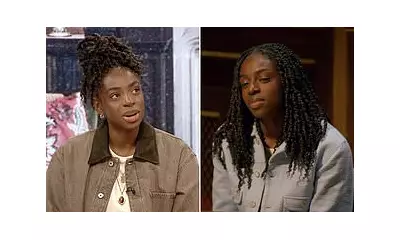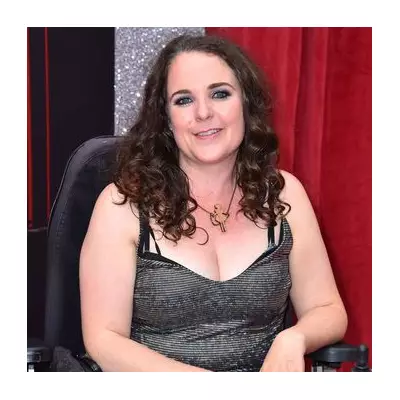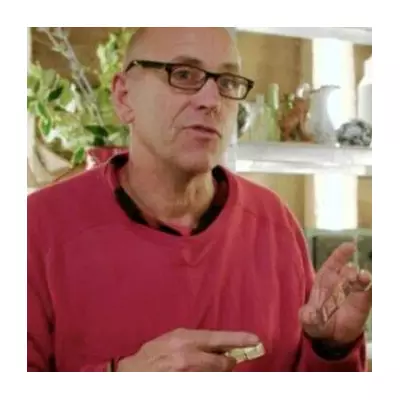
In a striking fusion of high art and visceral horror, director Joshua Erkman makes his feature debut with A Desert, a film that transports viewers into the sun-bleached emptiness of California's Yucca Valley. This ambitious horror exercise premieres on digital platforms from 24 November, offering audiences a chilling journey through America's forgotten landscapes.
An Unsettling Descent into Americana
The film introduces us to photographer Alex, portrayed by Kai Lennox, as he navigates the parched terrain of Yucca Valley in his luxury SUV. Accompanied by smooth jazz, Alex documents decaying structures using an elaborate 8x10 inch camera that requires ten-second exposures. His subjects range from abandoned cinemas to derelict military bases, though he mentions to his wife Sam (Sarah Lind) in a voicemail that he might transition to portraiture.
Despite his artistic intentions, Alex remains fundamentally disconnected from the local inhabitants until a fateful encounter with his motel neighbours – a couple played by Zachary Ray Sherman and Ashley Smith. Their offer of turpentine-tasting homemade alcohol and party invitations proves impossible for the polite yet weak-willed photographer to refuse.
Visual Mastery and Narrative Twists
Following a surreal sequence of lap dances and vivid colours set to electronic music, the film executes a dramatic narrative shift reminiscent of classic horror cinema. Without revealing spoilers, the story subsequently follows Alex's wife Sam and private investigator Harold (David Yow) as they traverse the same desolate highways.
Erkman, drawing on his experience as a cinematographer, collaborates with director of photography Jay Keitel to create what can only be described as an artbook vision of economic depression. The visual style merges Joel Meyerowitz's Americana with the ruin photography of Yves Marchand and Romain Meffre, presenting a landscape both beautiful and terrifying.
Beyond Aesthetics: The Horror Beneath
The film cleverly critiques how visitors like Alex perceive these areas primarily through an aesthetic lens, capturing photogenic decay while remaining blind to the genuine malevolence lurking within plain sight. As the final shot powerfully confirms, real evil thrives in these forgotten spaces.
While the message about exploitation and perception may not break new philosophical ground, the technical execution proves utterly captivating. The editing and visual styles create a hypnotic rhythm that draws viewers deeper into the narrative's unsettling atmosphere.
In terms of genre placement, A Desert aligns with recent elevated horror works such as I Saw the TV Glow, David Lowery's A Ghost Story, and Ari Aster's Hereditary. It represents that particular strain of grad-school horror that prioritises atmosphere and intellectual themes over conventional scares, potentially alienating traditional horror enthusiasts while fascinating those who appreciate more cerebral terror.
The film stands as an impressive first feature from Joshua Erkman, demonstrating considerable craft and originality in its blending of art-world pretension with gritty reality. A Desert arrives on digital platforms on 24 November, offering British horror aficionados a distinctive cinematic experience that lingers long after the credits roll.





